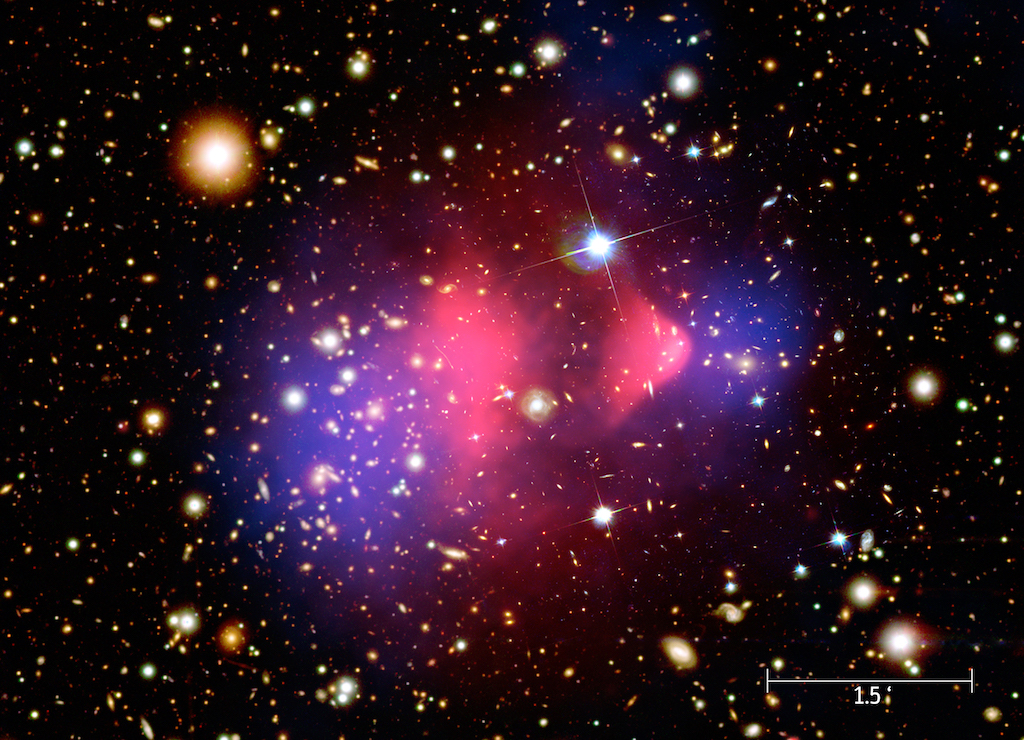GrAHal is a collaborative effort searching for cold dark matter axions and investigating axion physics.
Over decades, evidences have accumulated in favor of the existence of dark matter, a component of our universe made of a new type of matter. Dark matter very weakly interacts with ordinary matter, hence its name. Its presence is essentially infered from its gravitational effects at galactic and larger scales.

The very nature of dark matter has remained elusive up to now. Several putative candidates have been searched in vain over the last three decades. The axion today appears as a very promising candidate. This particle, whose existence was hypothesized to solve the so-called Strong-CP problem of the strong interaction, may have been created in sufficient quantity after the big-bang to constitue a significant part of present day dark matter. Most galaxies, including ours, appear to be associated with dark matter halos which constitute most of their total mass.
GrAHal’s experimental objective is to take part in the international effort devoted to the detection of dark matter axions. Haloscopes are the most sensitive detectors to acheive this goal. They rely on axions ability to convert to microwave photons when exposed to strong static magnetic fields. As the generated microwave power is expected to be extremely small, large magnetic fields over large detector volumes, very low cryogenic temperatures and ultra-low noise detection technologies are necessary. The GrAHal collaboration gathers expertises in all these fields and will contribute to put haloscopes at their best.
More about GrAHal :
Présentation du projet pour les prospectives de l’IN2P3 (en français)
OSQAR and GrAHal (presentation given at LPSC in 2019)
